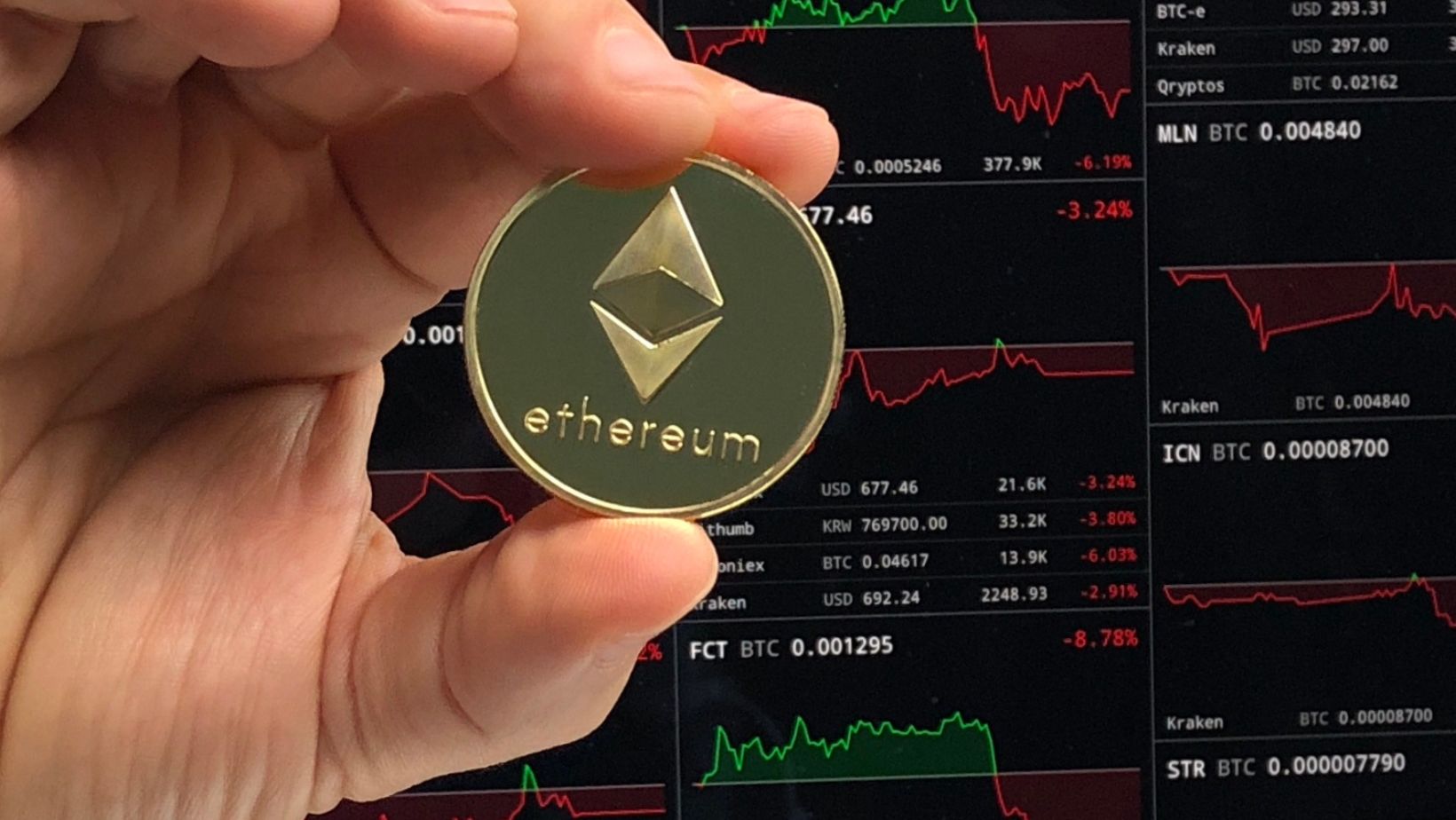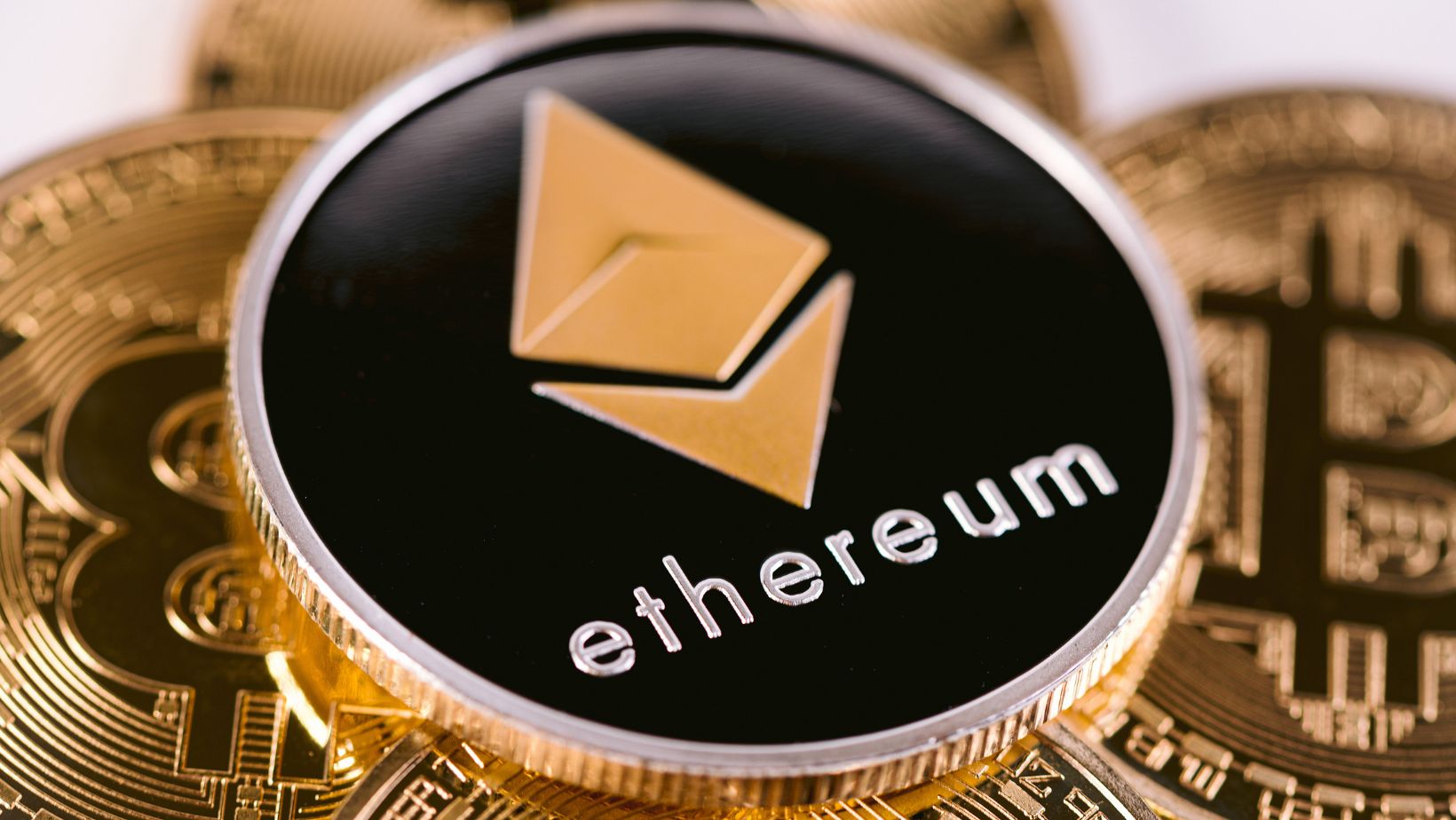Blockchain technology is rapidly advancing, and developers face a critical decision when launching decentralized applications (dApps): choosing the right platform. Ethereum has long been the dominant force in the industry, but Polygon has emerged as a powerful alternative, offering greater scalability and reduced costs. The question is whether Polygon truly rivals Ethereum or simply enhances its capabilities. Furthermore, with Ethereum 2.0 rolling out, does Polygon still serve a purpose? For businesses exploring blockchain solutions, custom dApp development can offer tailored guidance. Understanding the distinct advantages of both platforms is essential for making an informed decision.
Ethereum: the Foundation of Decentralized Applications
Ethereum is the foundation of decentralized applications, pioneering the use of smart contracts since its launch in 2015. It has fostered a vast ecosystem encompassing finance, gaming, NFTs, and more. Solidity, Ethereum’s native programming language, is specifically designed for smart contract development, making it a preferred choice for blockchain engineers. The platform’s high level of decentralization ensures security and trust, which is crucial for applications handling valuable digital assets. However, Ethereum’s reliance on the Proof of Work (PoW) consensus mechanism has led to high gas fees and slower transaction speeds, making scalability a pressing challenge. The transition to Ethereum 2.0 introduces Proof of Stake (PoS) to alleviate these issues, but full implementation is still underway.
Polygon: A Scalable Layer 2 Solution
Polygon, initially launched as Matic Network, was developed as a Layer 2 scaling solution to enhance Ethereum’s performance rather than compete with it directly. By processing transactions off-chain before finalizing them on Ethereum, Polygon significantly improves transaction speed and reduces costs. Its compatibility with Ethereum allows developers to integrate existing dApps seamlessly, while its use of Plasma chains and rollups further boosts scalability. With over 19,000 dApps running on its network, Polygon has become a preferred choice for developers seeking cost-effective blockchain solutions.
Key Differences Between Ethereum and Polygon
The architectural differences between Ethereum and Polygon play a key role in their performance.
Ethereum follows a stateful architecture, requiring every node to process and store transaction data, which can lead to network congestion. In contrast, Polygon operates independently while periodically settling transactions on Ethereum, optimizing both speed and efficiency. When it comes to consensus mechanisms, Ethereum’s transition from PoW to PoS aims to address its scalability challenges, while Polygon already operates on PoS and integrates advanced solutions like zero-knowledge rollups to further enhance throughput.
The Evolving dApp Ecosystem
The choice between Ethereum and Polygon also depends on the dApp ecosystem. Ethereum remains the leading platform for DeFi and NFTs, with major projects like Uniswap and OpenSea running on its network. However, Polygon is increasingly attracting major brands and financial applications due to its lower transaction costs and improved performance. Security is another critical factor—Ethereum’s decentralization makes it one of the most secure blockchains, while Polygon leverages Ethereum’s security model but introduces additional infrastructure that carries potential risks, though continuous upgrades are mitigating these concerns.
The Future of Ethereum and Polygon
With Ethereum 2.0 set to improve transaction speeds and lower fees, some speculate that the need for Polygon may diminish. However, as blockchain adoption accelerates, Ethereum alone may struggle to meet the growing demand.
Layer 2 solutions like Polygon will continue to play a vital role in ensuring blockchain scalability, making them indispensable for the future of decentralized applications.
Making the Right Choice for Your dApp
Ultimately, selecting the right platform depends on the specific needs of a dApp. Ethereum is ideal for projects prioritizing security, decentralization, and access to the largest blockchain ecosystem. Meanwhile, Polygon is a strong choice for those looking for lower fees, faster transactions, and seamless Ethereum integration. Many projects strategically utilize both platforms to balance security and efficiency. Engaging with a custom dApp development company can help businesses navigate these choices, ensuring they build scalable and future-proof solutions. As both Ethereum and Polygon evolve, they will continue shaping the next generation of decentralized applications, making blockchain technology more accessible and efficient than ever before.





